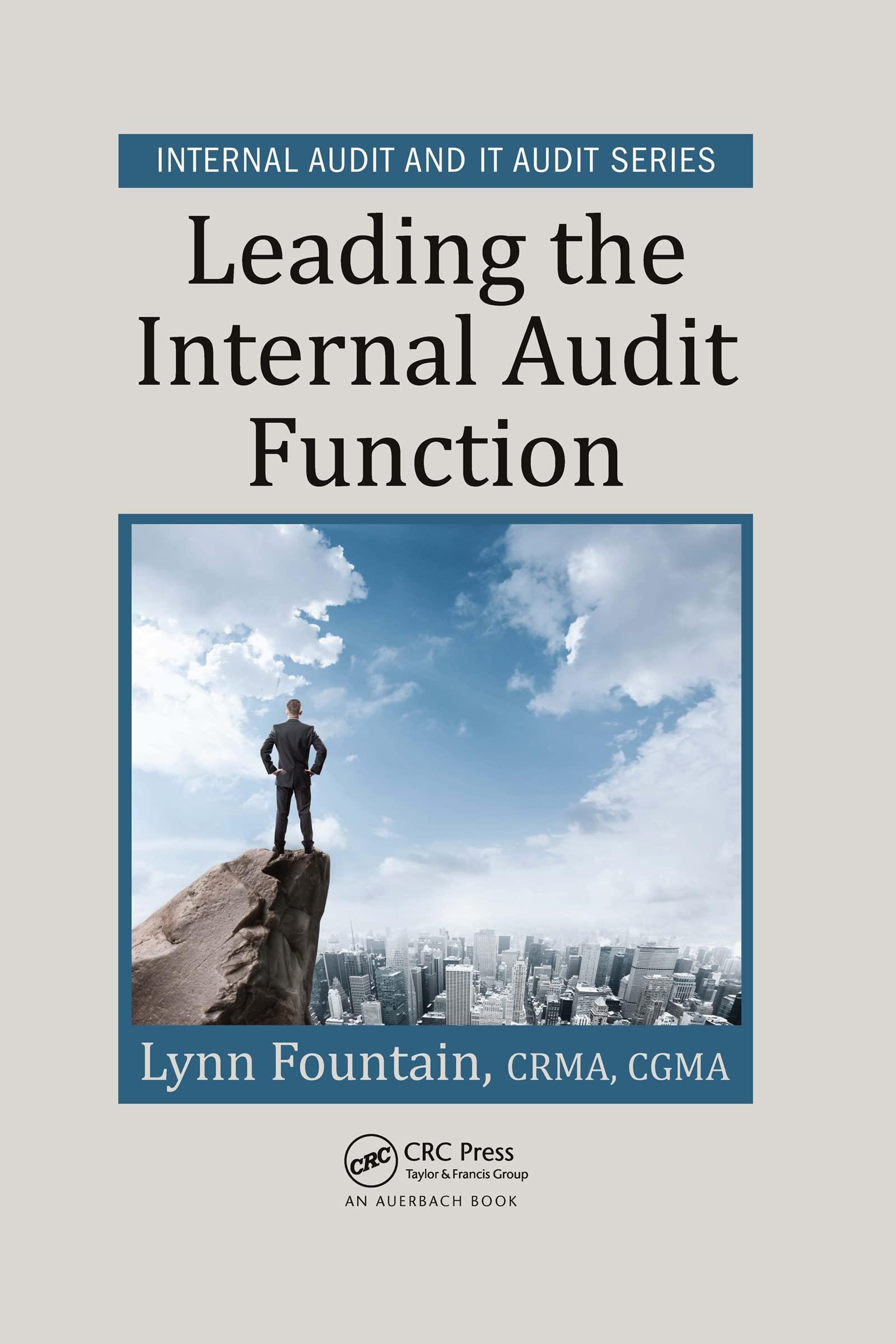Question
A student borrowed $12,000.00 in student loans from a bank that charges a 10% interest rate compounded daily. The student decides to pay the bank
A student borrowed $12,000.00 in student loans from a bank that charges a 10% interest rate compounded daily. The student decides to pay the bank $2,000.00 every year for four years.
(a) At the end of year 5, how much does the student still owes the bank to pay off the student loan?
(b) If the student changed his/her mind and decided to pay off the loan in 5 years, how much does the student needs to pay the bank every year for 5 years to achieve his/her objective?
(c) If the student pays every year only the interest due at the end of each year for 4 years, how much does the student has to pay at the end of year 5 to pay off the loan?
(d) If the student made an extra payment of $1,000 in the third year of his/her current loan to partially upset the additional loan of $1,500.00 the student took in the second year of the loan from the same bank and for the same interest rate, at the end of year 5, how much does the student still owes the bank to pay off the student loan?
(e) Of all the above payment options made by the student on his/her loan, which option will you recommend and why?
NOTE: Draw the cash flow diagrams for each of (a), (b), (c), and (d) above.
Hint: Convert the 10% interest rate compounded daily to an equivalent annual interest rate and use the effective annual rate you calculated to answer questions 1a, b, c, d, and e.
Step by Step Solution
There are 3 Steps involved in it
Step: 1

Get Instant Access to Expert-Tailored Solutions
See step-by-step solutions with expert insights and AI powered tools for academic success
Step: 2

Step: 3

Ace Your Homework with AI
Get the answers you need in no time with our AI-driven, step-by-step assistance
Get Started


